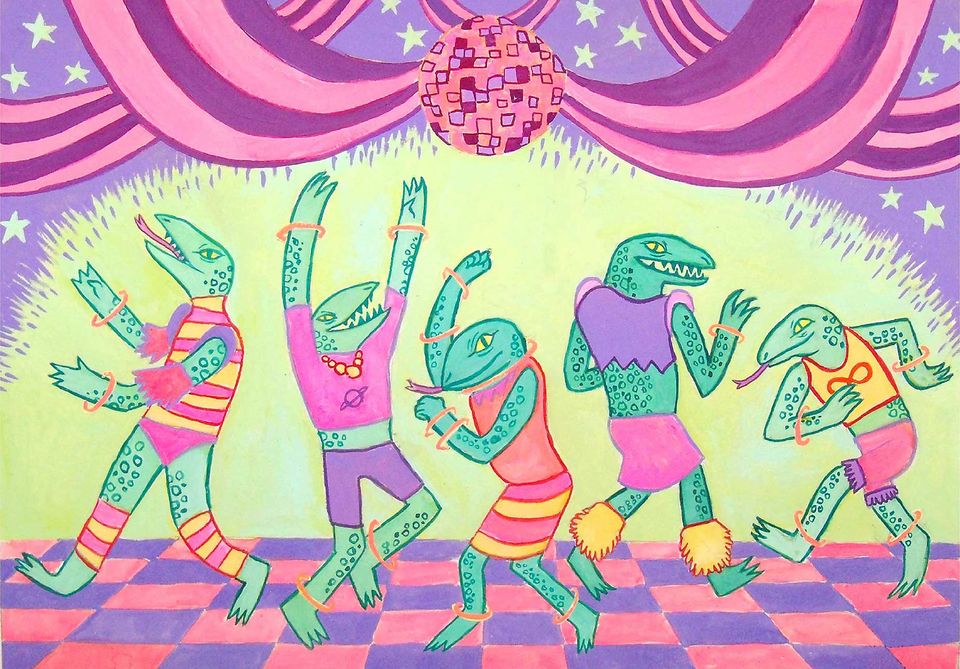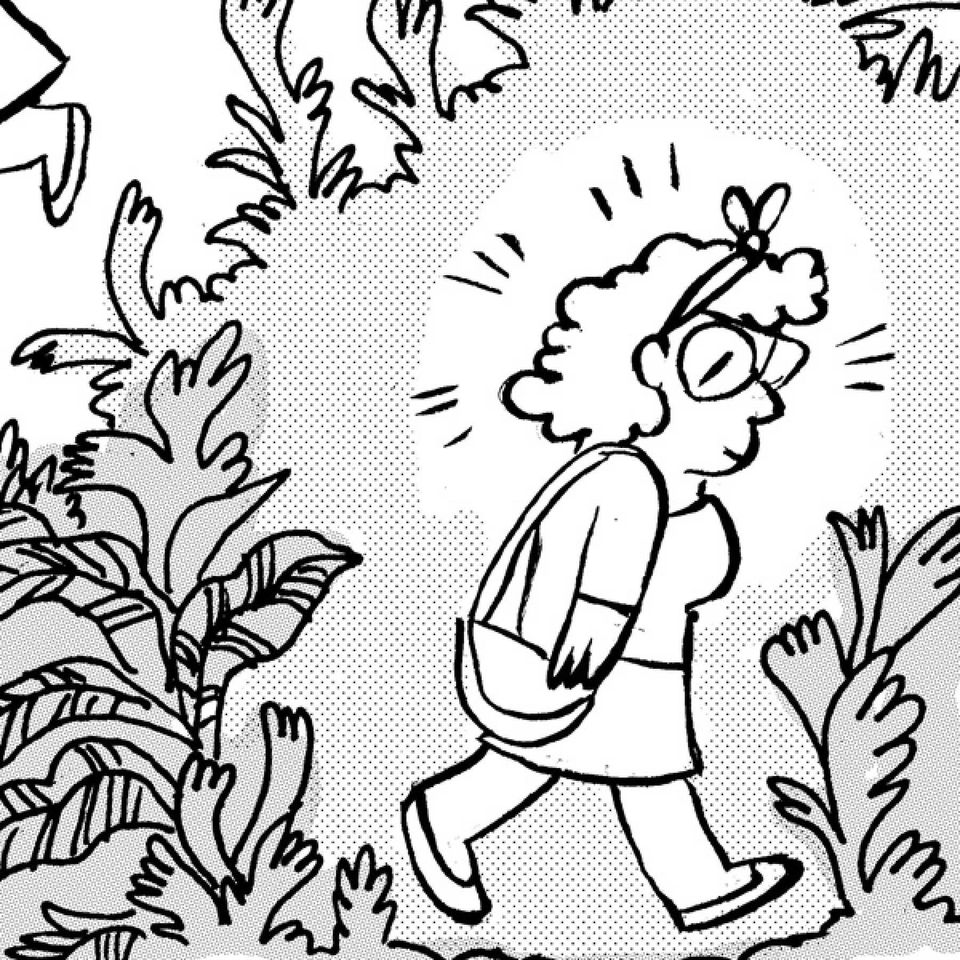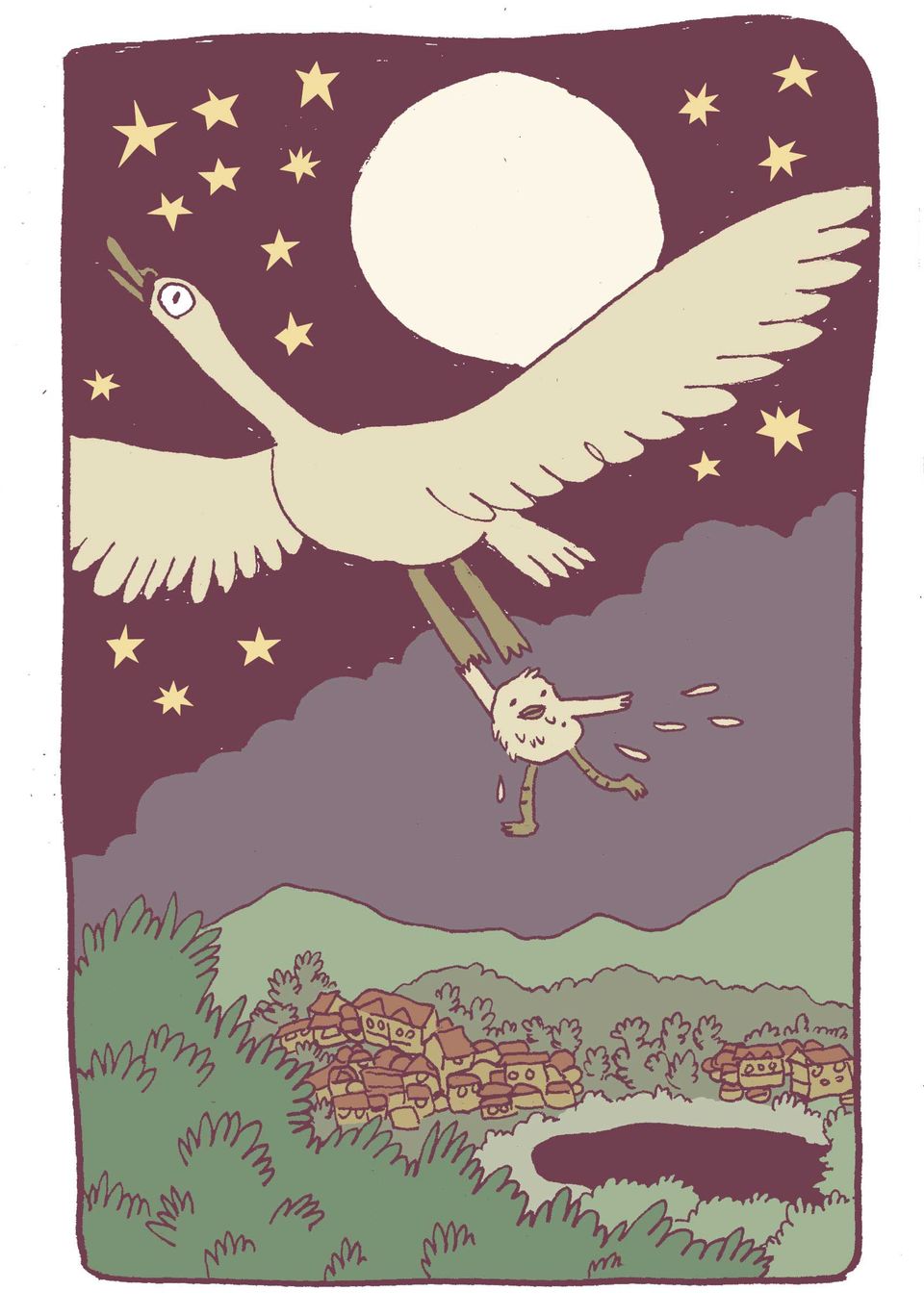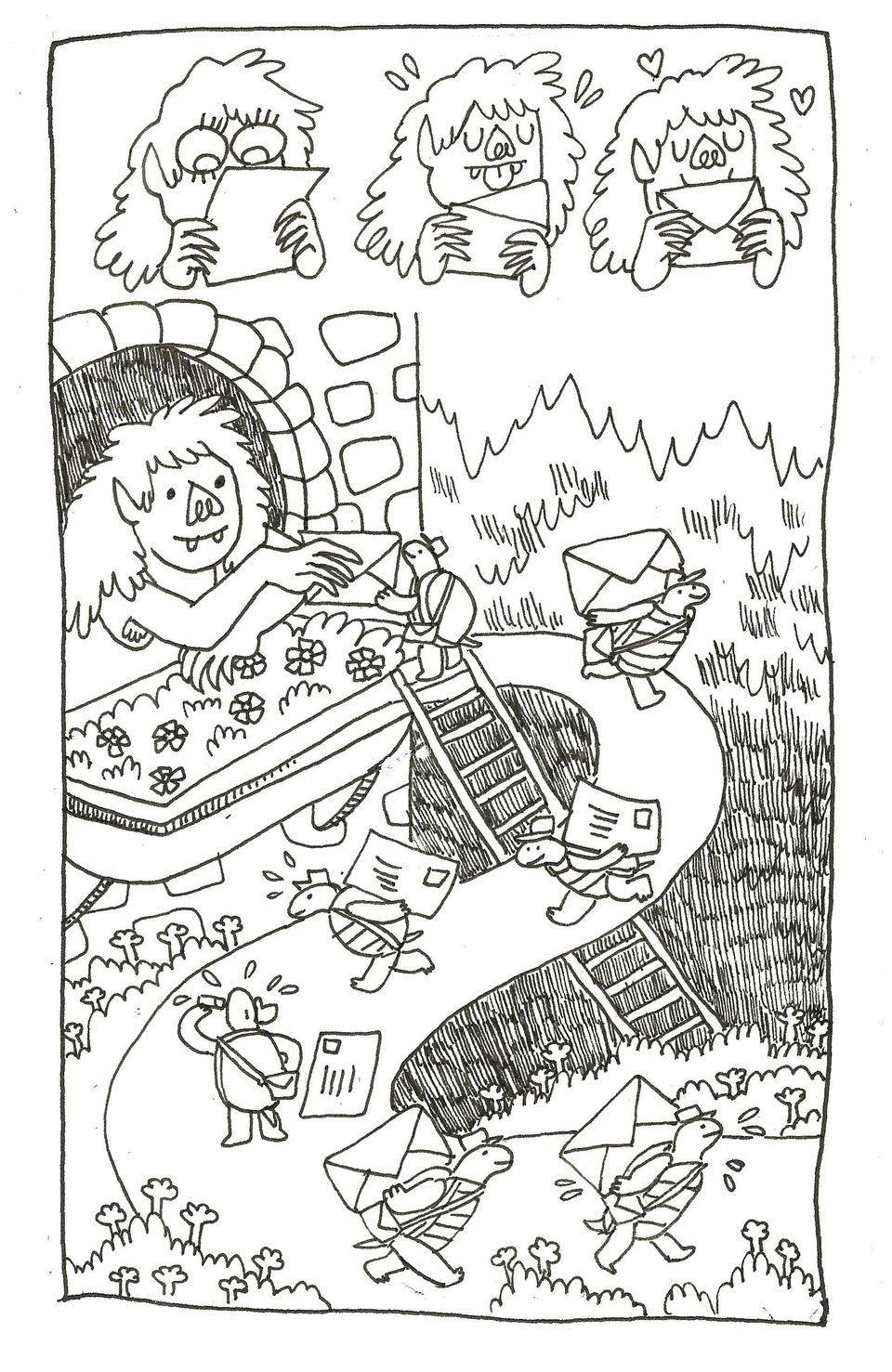Artist Spotlight: Miranda Harmon
Website Editor • February 26, 2020
Everyone’s work is deeply idiosyncratic: in our regular Spotlight segment we explore artists’ experiences and inspiration to understand what defines and inspires their unique styles.
Miranda is a comic artist and cartoonist based in California: her work has appeared in the Dirty Diamonds anthologies, Chainmail Bikini, Every/Body, the AV Club, and Comfort Food Zine. Her clients have also included Cards Against Humanity, Boom! Studios, and the city of Gainesville.
Can you give us a brief background on yourself?
I always knew that I wanted to be an artist and luckily, my family was very supportive of that goal from the beginning. When I was a child I had a very specific idea of what an artist was, as someone who paints and displays their work in museums. I had no idea how to achieve that goal! I loved comics and cartoons, but didn't make the connection that artists were also cartoonists. I think I always wanted to be a cartoonist, but never realized that was a job! By the time I was a teenager, I didn't think I would do well in art school, so I went to a liberal arts college and studied fine art and art history. For a while I was on track to go into curatorial studies, or art education. I still love art history and consider my professors from college a big inspiration to me now, but once I discovered comics I took a different route. I went to the Small Press Expo my senior year of college because it was very close to my school, and saw that you could just make comics and nobody could tell you not to. This was very big to me!
What kind of influence does your location have on your career?
I grew up in Orlando, Florida, and to be honest I felt pretty isolated as a teen artist! I always felt like I would have to leave the state in order to achieve anything, but I was wrong. After college I went straight to Gainesville, Florida to study comics at the Sequential Artists Workshop. I was surprised by how supported I felt in a small town in the heart of Florida. The Sequential Artists Workshop was exactly what I needed, and helped me grow exponentially over the course of just one year. I learned that having a community is very important to me. While the comics community in Gainesville is strong and growing, I recently decided to leave. I just moved to Los Angeles, California because I wanted to be around more artists and because there is more opportunity here. I visited the city a few times and decided it was where I wanted to be, and drove here! I couldn't have done that, though, without the help and support from my family and friends from Florida, so I think that's more important than anything.

What is your greatest source of inspiration?
I tend to look to fine arts history as my anchor. Comics history is one thing, and I don't want to knock that because it's very interesting and special as well, but I loved studying the history of the fine arts in college. It's comforting to me even if I feel separate from it as an artist. It's a story that we tell ourselves, and it's not always a true story, but I love the idea that first there were cave paintings, then mosaics, then sculptures, then cathedrals somehow! It's what I go to look at and read about when I'm feeling upset or afraid. It makes me feel small in a good, welcomed way.
Could you pick one piece of art that has made a lasting influence on you, and if so why?
I think Joann Sfar's The Rabbi's Cat is my favorite book. I think about it a lot! I love how Sfar creates little worlds in each panel, they're so memorable to me. I think his lines and colors are fearless and beautiful. I am usually pretty reckless with my mark making, and I used to think that would prevent me from making anything substantial. But here in the Rabbi's Cat, the marks come together in a very strange and special way to make something complicated and lasting. Buildings, mountains, temples, dreams, real human complexities! Every page is like a jewel. I usually keep that book open when I try to make anything important.
What skills or techniques do you find most useful in your line of work? Do you use primarily traditional or digital methods to create your artwork?
I recently got a Yiynova tablet, my first ever tablet monitor. I love it! I feel like a witch every time I draw a line and it shows up automatically on the screen. Most of the time I will draw comic pages straight into my sketchbook, then scan and edit digitally. I usually use Kyle Webster's halftone brushes to create tones. For drawing I love the Ohto Graphic Liner pens. I usually like a thin, consistent line when drawing in my sketchbook.
Can you give our readers a tip or trick you have come across that has made your work a lot easier?
A pitfall I fell into while I was in college was to isolate myself and pretend that I wasn't a person. I got the idea that success meant nothing if it wasn't completely my own, and therefore I had to be working all the time. I don't think that's true! I think it's important to know how to ask for help, for work and also for personal issues. The most valuable resource we have is each other!
How can people who are interested in discovering more of your work find it?
My portfolio site is www.mirandaharmon.com,
my twitter handle is @MirandaMHarmon,
and my art blog can be found at mirandaharmony.tumblr.com.
Scriba is a revolutionary digital stylus that is ergonomically designed to comfortably fit your hand and uses unique Squeeze-Motion technology. Order here.
Articles

The United Nations has described the disruption to education caused by the pandemic as ‘unparalleled’. At the virus’ worldwide peak in April, it is estimated that over 90% of all enrolled learners, from kindergarten to bachelors and beyond, had their education affected by school closures and the pandemic (UNESCO). For many university students and older children, they have had to adapt quickly to online learning. They can keep in touch with their peers and teachers online and continue their studies, albeit in a highly modified way. As challenging as this may be, this experience will help equip them for a future that is increasingly online. For parents of younger children, they are assuming a new role: their child’s home school teacher. This is in addition to their usual childcare and household duties, their work responsibilities and often emotional and financial worries caused by the pandemic. Stressful? Yes. The good, and somewhat surprising, news? The experts advise that you don’t teach your children - at least not in the way you might expect.

If the recent outbreak of Covid-19 has taught us anything, it's that many adults do not wash their hands effectively. It has never been more important that we support our children to develop good personal hygiene to keep themselves and our families safe. This seemingly easy task can be very difficult for children with fine motor skill difficulties. In this article, we explore some ideas to support your child with hand washing.

Lockdown has brought the digital future into the now. Online shopping, entertainment, education and more have moved from the periphery to the mainstream to, in many cases, the only option. With the necessity of social distancing looking to continue for many months, it appears that this rapid digital revolution is here to stay. This means that life as we know it, in most of its sectors, has changed forever. In order to survive, businesses are having to adapt rapidly, embrace technology and look to the future. Architecture is no exception. There has been a widespread adoption of technology and VR over the past few months in response to the lockdown across all of society. Elderly grandparents who were once resistant to adopt new technologies talk of “Zooming” and have started video chatting with their family members to combat loneliness. Art galleries that were once considered stuffy or pretentious are now pioneers in VR technology, with Google Art & Culture offering tours of London’s National Gallery or the Musee D’Orsay in Paris. These virtual tours deliver art in a dynamic new way that can be far more engaging than regular photos. Critics have applauded the panoramic and immersive views of gallery building and exhibitions which work well for rendering of 2 dimensional art, however impressions of sculpture is somewhat lacklustre. With VR technology, users can enjoy a truly immersive experience in the comforts, and safety, of their own home. The COVID-19 pandemic has served as an accelerant for the arts and entertainment industries to embrace VR.






